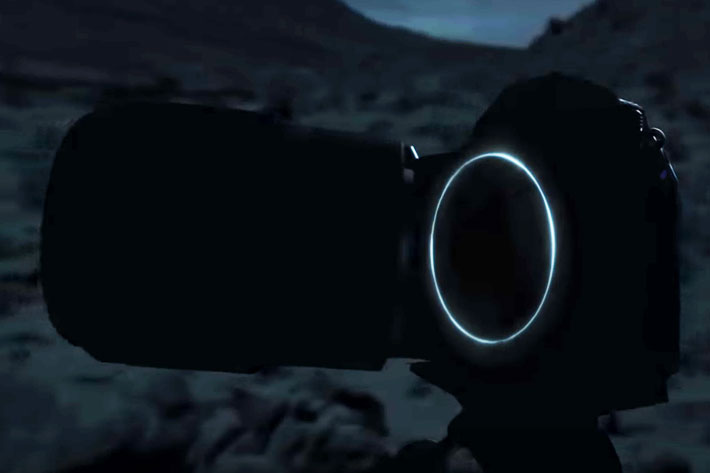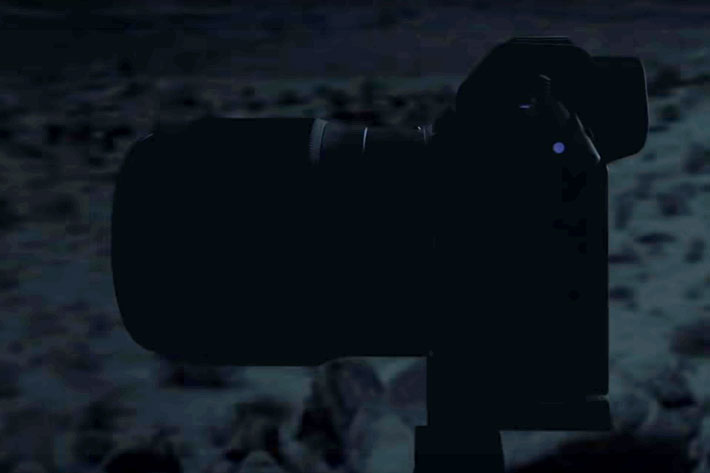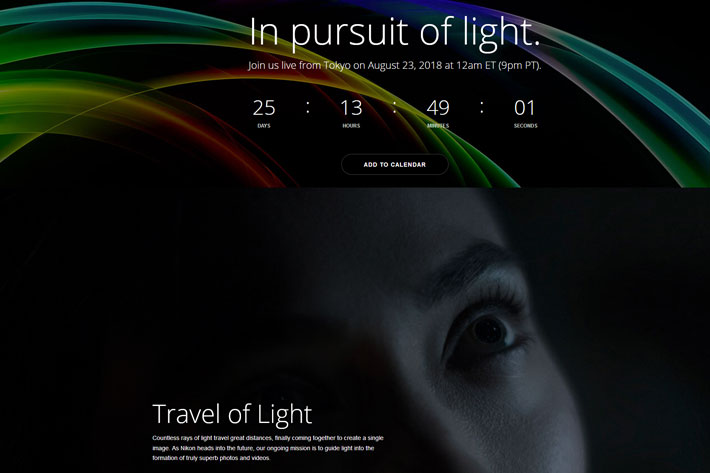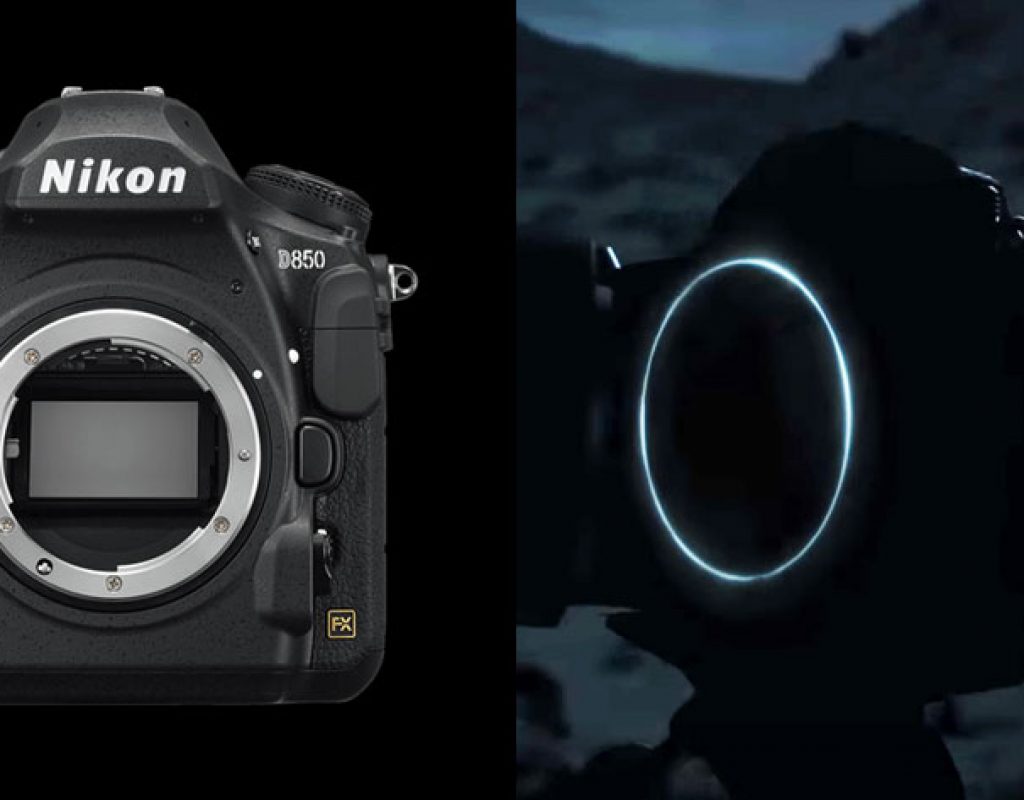
Nikon will reveal its full-frame mirrorless camera in August, a new system with news lenses for a new mount, but guarantees compatibility with the classic F-mount lenses, a must for professional users.
Nikon seems to have abandoned any future project for its Nikon 1 mirrorless system camera, but the company is moving ahead with something completely new, which was mentioned, in July 2017, by Nikon’s President, Kazuo Ushida, during an interview given to the Japanese newspaper Nikkan Kogyo Shimbun. He said this: “I will give out a “Nikonashii” mirrorless camera that made a difference to other companies in terms of performance.”
The rumors of a new mirrorless camera from Nikon were confirmed. No surprises, there, in fact, as for a long time the market has waited for Nikon and Canon to present their solutions in this segment. Fast forward, and Nikon recently launched a teaser for its new mirrorless camera, under the title In Pursuit of Light, followed, July 25, by the official confirmation that a next-generation full-frame mirrorless camera and NIKKOR lenses will be announced August 23, 2018. That’s one month before this year’s edition of Photokina, which runs from 26 until 29 September, in Cologne, Germany.
New Nikon, new lens mount
Canon, who last May killed its EOS-1v, the company’s last film camera, will probably announce their own new mirrorless full-frame system before the photo event, but for now it is time for Nikon to take the stage, with the official news that it is not only developing a next-generation full-frame (Nikon FX-format) mirrorless camera, but the company is also taking the bold step of featuring a new lens mount for the NIKKOR lenses the new system will use.

Whoever remembers Canon’s experience when the company changed their mount from FD to EOS, will understand the problems involved with a mount change. It’s interesting to see, though, that Nikon uses the same wording to justify the change of mount: the official information available from the company states that the new mount “will enable a new dimension in optical performance”. Just as Canon did in 1987, introducing the much larger mount for the EOS/EF system. Interestingly, Nikon’s new mount seems huge, when compared to the F-mount now in use.
The actual F-mount has a diameter of 44mm, while the EF mount has a diameter of 54mm. When launching the EF system Canon claimed it enabled the use of larger aperture lenses, but there were other practical reasons for the change: the lack of mechanical connections between lens and camera, with everything controlled by electronics, which in fact paved the way for Canon’s easy move to digital. The images now available from Nikon’s mirrorless suggest the camera has a large mount. How large is it?

New mirrorless will use old lenses
According to Nikon, the new camera and system will inherit the proven reliability and trusted performance that are core traits of Nikon Digital-SLRs, and to build the new camera the company used “decades of feedback from professional creators around the world” that “has further contributed to the development of this system.” Probably due to the feedback from professionals, Nikon is also developing an F-Mount adapter, which will enable the use of a wide variety of F-Mount NIKKOR lenses with the new camera.
The F-Mount makes the transition or adoption of the new mirrorless system easier, and effectively places Nikon in a different position when compared to Canon’s mount change, years ago, which made the new system incompatible with the old, and made many professionals quit using the brand. Although Nikon has not revealed how – well – the older lenses will work with the F-mount adapter, the simple fact that it is being developed guarantees professionals who use Nikon that all their glass can be used with the new camera, which is an advantage on the race Nikon is about to enter: with Sony, who apparently dominates the segment.

Nikon and Canon already have lenses
Having a whole collection of lenses to use with any new system is an asset, and Nikon understands it well. It’s the same logic that we will see, I believe, on Canon’s mirrorless system, which will be compatible, probably through an adapter, with the range of EF lenses available. It’s not only logic, it MUST happen! What this means is that when they enter the race, both Nikon and Canon will be at a better starting position than Sony was when it make its first mirrorless. If we consider that both brands dominate the professional segment, having good mirrorless solutions that can use the same lenses will help to keep professionals, who mostly have used DSLRs, as clients.
As Nikon mentions in the information now made available, “soon, Nikon users will have two industry-leading camera systems to choose from, giving consumers the choice to enjoy the unique values that each system offers”. The company also confirms that the launch of the new mirrorless camera will not stop the continued development of Nikon DSLR cameras “as well as the impressive NIKKOR lens lineup.” From the interview mentioned above, it’s important to retain one note: the Nikon mirrorless camera system will “make a difference to other companies in terms of performance.” After all, Nikon is clear about its intentions: continue to lead imaging innovation.

In pursuit of a new dimension
The new mirrorless system is, according to the company, “the result of Nikon’s unsurpassed optical and manufacturing capabilities gained through more than a century of imaging expertise”. Their next-generation full-frame (Nikon FX-format) mirrorless camera and NIKKOR lenses pursue a new dimension in optical performance and reaffirms Nikon’s commitment to providing photographers with the ability to capture images that are richer and more vivid than ever before.
While the teaser video does not show much, except for a suggestion that the classic movie 2001: A Space Odyssey influenced parts of it, the shape and size of Nikon’s mirrorless camera does suggest this is not as small a body as initially promised by mirrorless systems. But that may be the least important aspect, if what Nikon delivers is a mirrorless with the pedigree of some of its recent DSLRs, like the D850. Then, the future of Nikon’s mirrorless system may look bright.
The recent news are, it seems, a way for Nikon to celebrate the end of its one year long celebration of the 100th anniversary of the company, which ends this July. As the company wrote in the teaser video presentation, “countless rays of light come together, forming an image at the end of their long journey. Nikon’s ongoing mission heading into the future: to guide light into forming superb pictures.” The official announcement for that mission… camera is scheduled for August 23, 2018 at 12am ET (9pm PT). Details, including the release date and suggested retail prices, will be shared at a later date. Photokina, probably!

Filmtools
Filmmakers go-to destination for pre-production, production & post production equipment!
Shop Now













